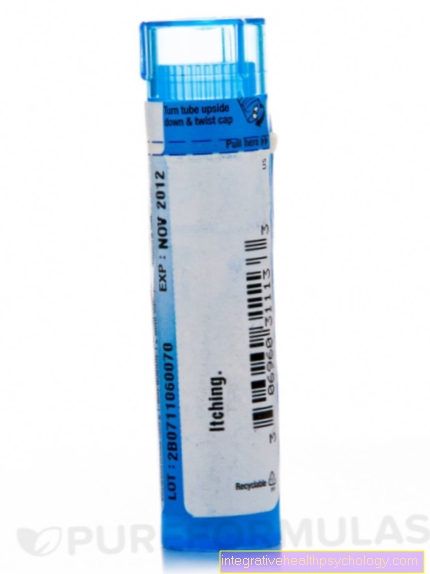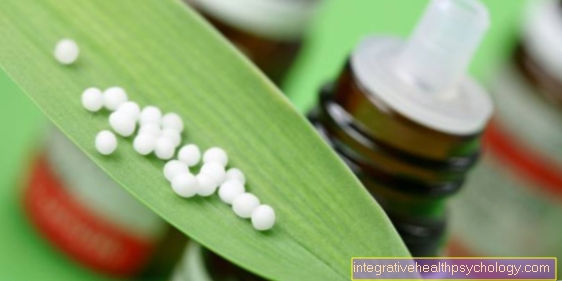rosemary
Latin name: Rosmarinus officinalis
genus: Mint family
Common name: Anthosweed
Plant description

Knee to waist high shrub with firm, needle-like leaves that are hairy on the underside. Purple to pale blue small flowers. The whole shrub has a characteristically aromatic smell. Heyday. Spring. Occurrence: Lots of wild growing on the dry heaths of the Mediterranean countries. Not hardy and therefore seldom found outdoors in our country. Charlemagne already recommended the cultivation of rosemary in the country estate ordinance.
Plant parts used medicinally
The leaves, harvested before flowering, and the essential oil made from them. It is dried quickly and gently to protect the essential oil.
ingredients
Essential oil with camphor, tannins, bitter substances, nicotinic acid amide
Medicinal effect and application
Appetizing, to support the stomach, slightly antispasmodic and choletic. External use of the essential oil for skin-irritating rub-in for rheumatism and baths to stabilize the circulation.
Of course, rosemary is also a delicious spice that is widely used in the kitchen.
Read more on the topic: Low Blood Pressure And Nausea - You Can Do That!
preparation
The following preparations are possible:
- tea:
1 heaped teaspoon of cut rosemary leaves are poured over with a large cup of boiling water. It is left to steep for 10 to 15 minutes. - Rosemary bath:
Add 1 liter of water to 50 g of rosemary leaves and heat to the boil, leave to stand for about 30 minutes and, after straining, add this decoction to a full bath.
Side effects
Side effects are not to be expected. However, the essential oil is supposed to not used internally become. A bath with rosemary is not recommended for the evening because it has a stimulating effect and can impair sleep.





























